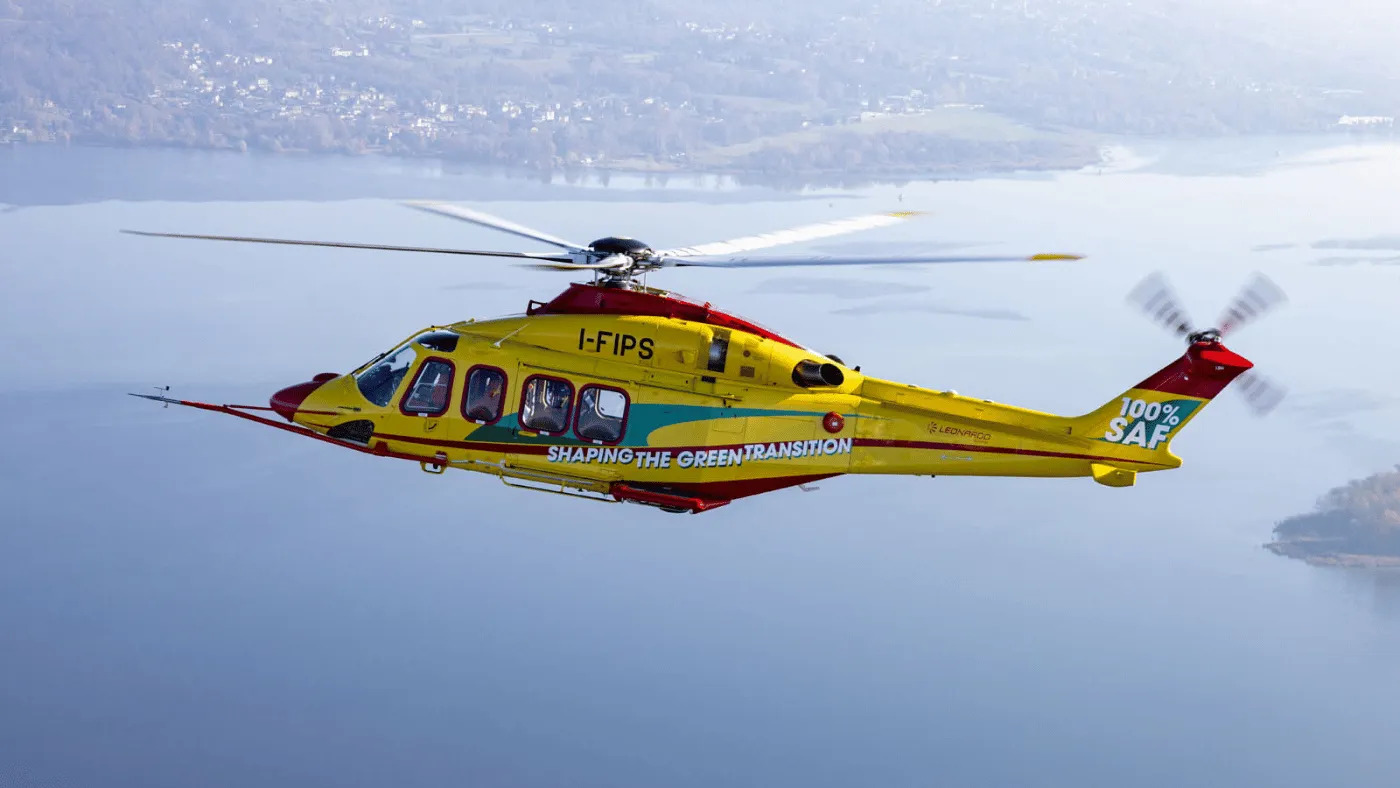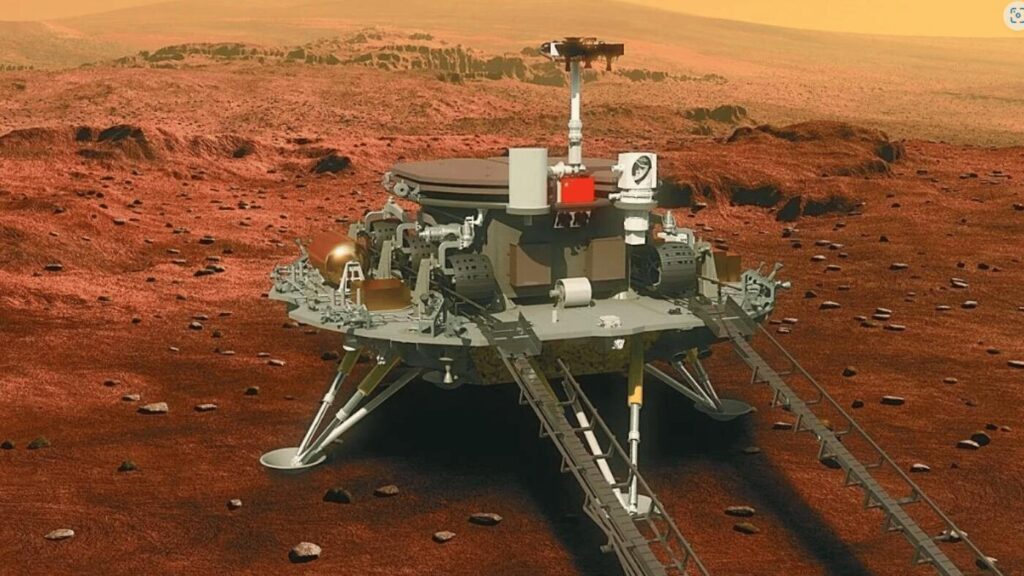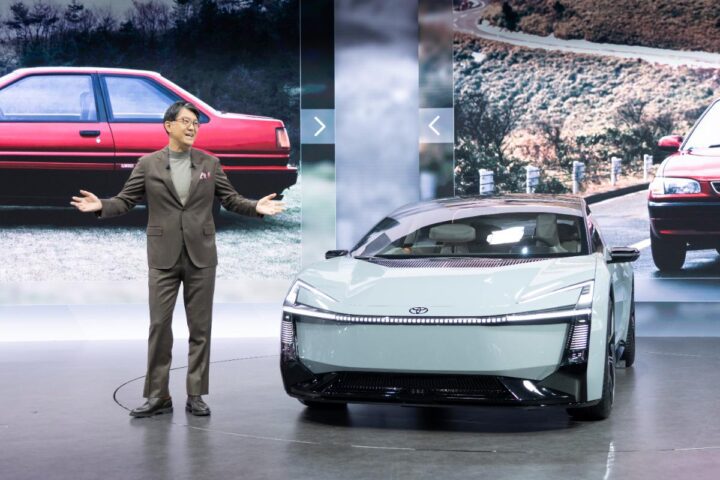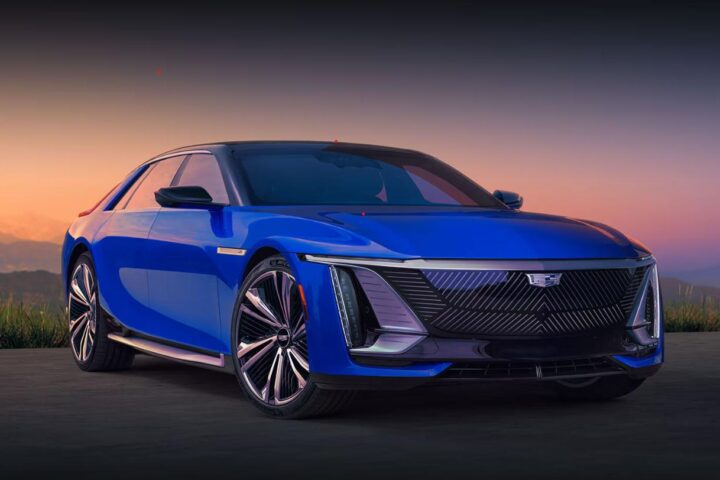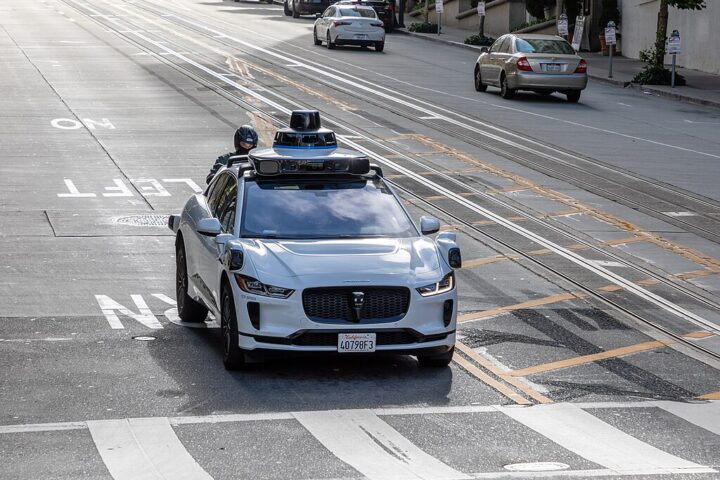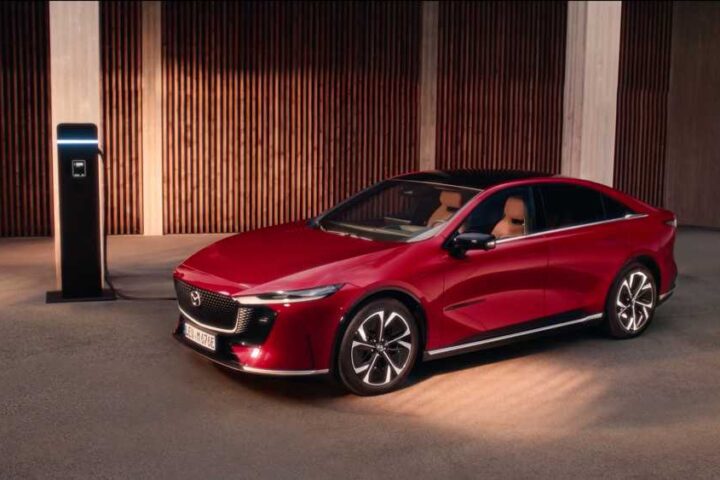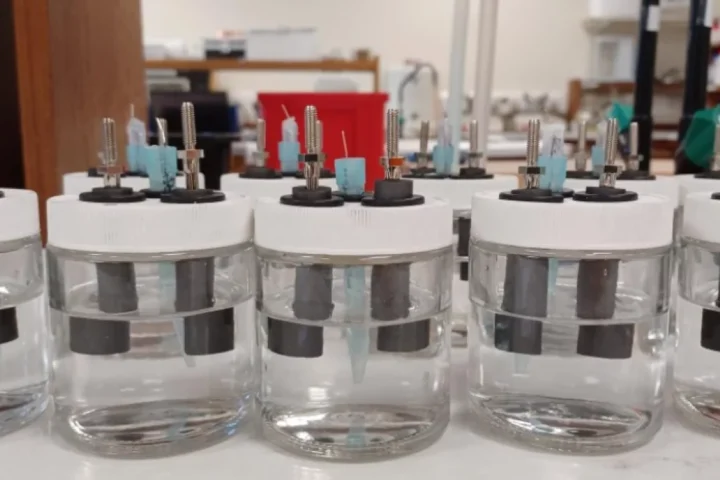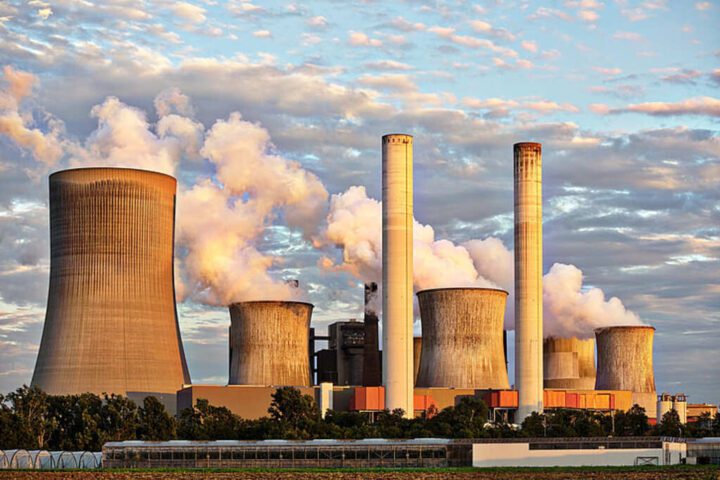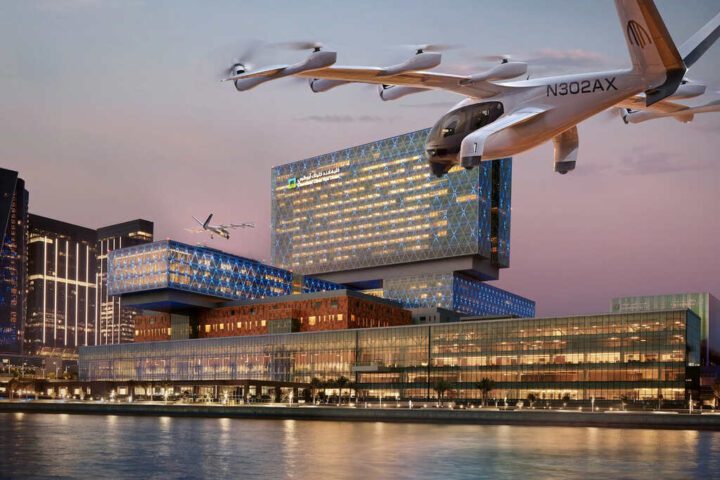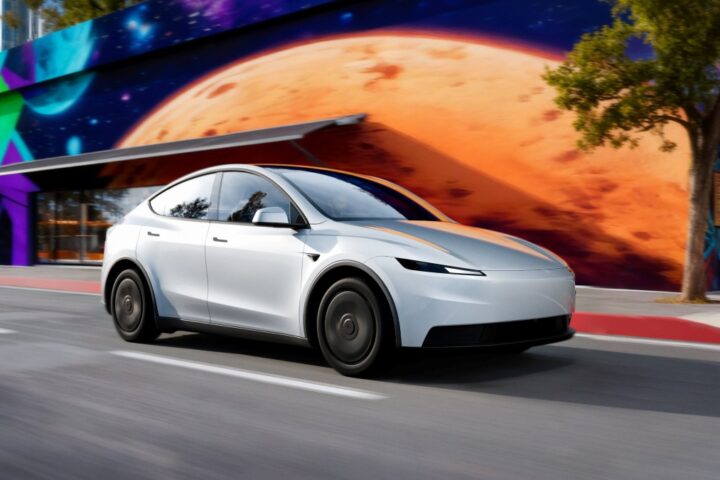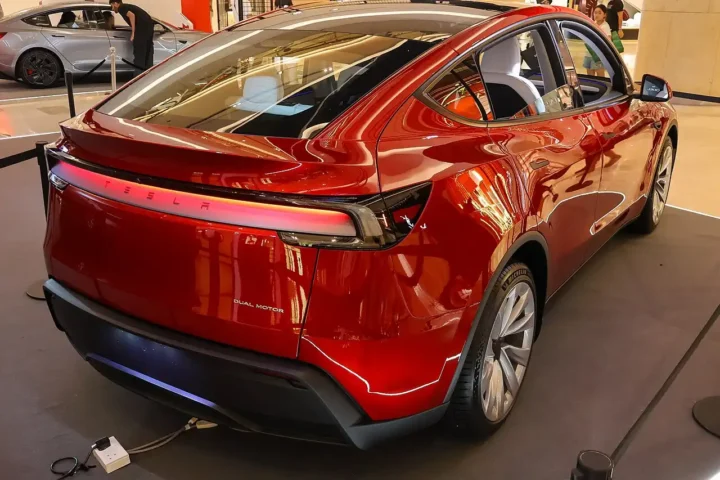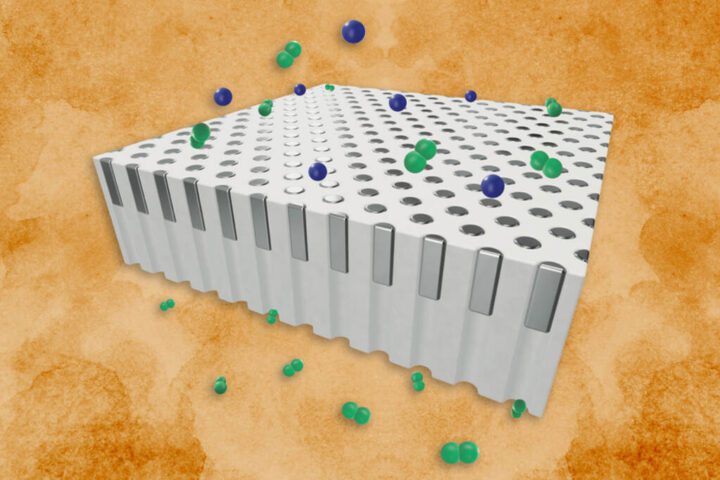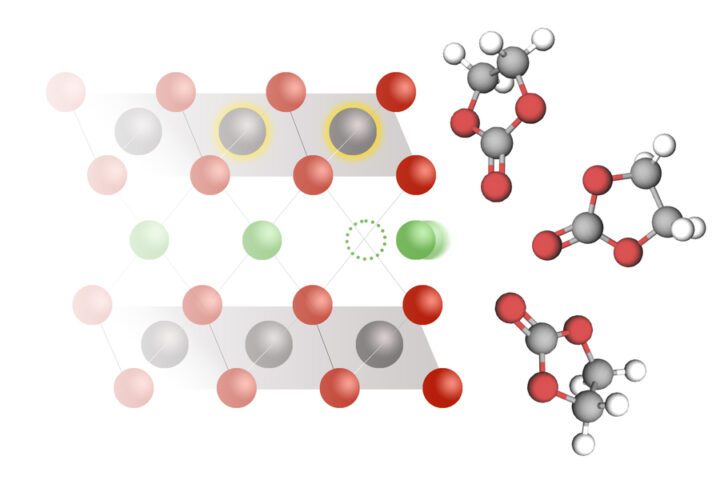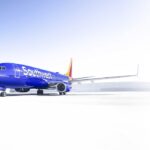In a remarkable stride for aviation, Pratt & Whitney Canada and Leonardo have flown an AW139 helicopter with the PT6C-67C engine, entirely on Sustainable Aviation Fuel (SAF). This wasn’t just a quick hop; it lasted 75 minutes, soaring from Leonardo’s Italian grounds on November 21. A historic first for the PT6 series, it’s a big nod to SAF’s viability in mainstream aviation.
Maria Della Posta, leading Pratt & Whitney Canada, noted this flight as a pivotal point for PT6 engines, affirming their compatibility with SAF. This isn’t merely about today; it’s laying groundwork for future sustainable aviation, aligning with the industry’s 2050 target for net-zero CO2 emissions.
Pratt & Whitney, a name synonymous with aircraft engines, is charting its course towards greener skies. Their focus? Smarter technologies, cleaner fuels, and sustainable business. This flight was a tangible testament to this commitment.
Gian Piero Cutillo of Leonardo Helicopters praised the AW139’s performance and their collaboration with Pratt & Whitney Canada. This flight isn’t just a milestone; it’s a beacon for operators worldwide aiming for greener operations.
Similar Posts
Reflecting on the PT6’s journey since 1963, Pratt & Whitney Canada has seen its engines soar for over one billion flight hours. With nearly 3,000 PT6C engines out there, racking up 8.5 million hours, they’re a trusted name in aviation.
On the broader horizon, RTX stands as a colossal force in aerospace and defense. Spanning 180,000 global employees, it encompasses giants like Collins Aerospace and Raytheon. With a sales record of $67 billion in 2022, RTX, based in Arlington, Virginia, is a name that resonates far and wide in the industry.
What does this mean for us? It’s a peek into a future where skies are not only busier but cleaner. With companies like Pratt & Whitney Canada and Leonardo at the helm, the path to sustainable aviation seems not just plausible, but imminent.
